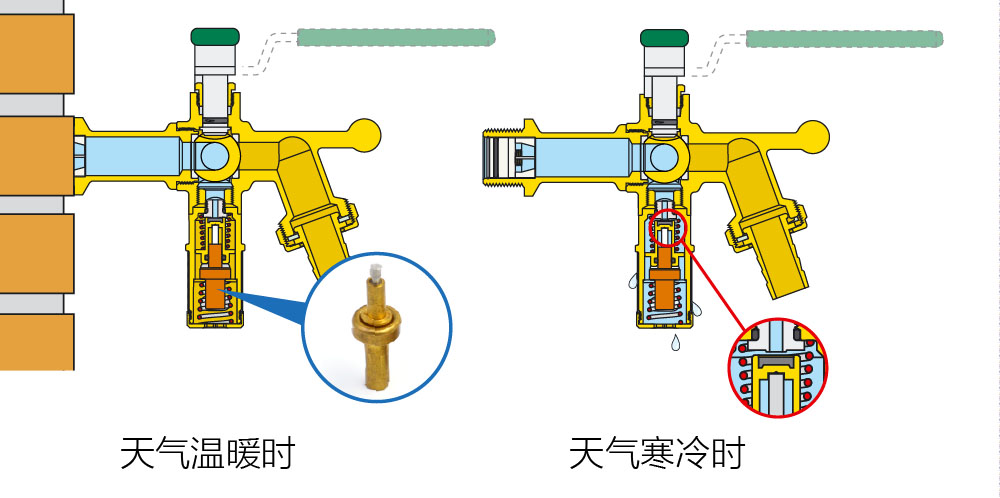Military is a strong guarantee to safeguard China’s national sovereignty, security and development interests. Tactical Internet has been regarded as the main development idea in the development process of Chinese military. The most important technical core of wireless Tactical Internet is the communication protocol of controller. At the same time, according to the characteristics of the network, with the assistance of relevant technical measures, it can effectively solve the problems existing in the process of wireless channel and node movement.
Informatization construction is one of the main contents in the military development process of all countries in the world. The core content of military informatization construction is wireless tactical internet. Wireless Tactical Internet is relying on radio station. In the practical application process, it focuses on command data sharing. At the same time, it can timely let commanders and soldiers pair with each other.
Understanding the circumstance around the war can improve the combat capability of the army and maximize the role of weapon system in the process of war. The whole network of wireless Tactical Internet system is composed of many nodes. The connection between any node is completed by HUB. It is constructed into a local area network. The connection between local area network and wireless channel is mainly completed by two parts, router and wireless Tactical Internet controller, which can guarantee each local area network.
The networks can connect with each other. The structure of wireless tactical Internet system is shown in Figure 1. Wireless Tactical Internet has the characteristics of both wireless channel and network topology in the practical application process. In this case, routing protocols usually applied can not be applied to wireless tactical internet. Therefore, wireless Tactical Internet must have a special routing protocol to ensure the local area network in the actual application process. Ability to address internally. The main function of wireless Tactical Internet Controller in mobile node is to connect router and radio module effectively, to ensure that wireless Tactical Internet can transmit data and information, and to enable wireless Tactical Internet to have repair and transfer functions. According to the functions of wireless Tactical Internet at this stage, wireless Tactical Internet controller is equivalent to a mobile router in the actual application process, but there are differences between the routers in traditional wired network, mainly in the aspects of algorithm and maintenance. The wireless Tactical Internet is actually a communication network structure, which can transmit data in encrypted state and maintain and manage the network topology. According to the functions of the wireless Tactical Internet controller at this stage, the wireless Tactical Internet can be divided into three parts, namely, the network. Layer, Data Link Layer and Physical Layer. The network layer of wireless Tactical Internet mainly consists of two layers: IP layer and Intranet layer. The standard used by IP layer in the actual application process is the IP protocol applied by the Internet, which can effectively complete the functions of data transmission and routing selection. Intranet layer is one of the main contents in the design and implementation of wireless Tactical Internet network layer. It can complete the function of routing selection and management for wireless Tactical Internet in the actual operation process. Intranet layer has a specific address in the actual operation process. The main function of the address is to let the wireless tactical Internet internal nodes run applications.
Therefore, if the wireless tactical Internet controller acts as a router function in a special system, the system can be directly connected with the Intranet layer in the actual operation process, and does not need to be applied to the IP layer. In short, the Intranet layer has two main functions in the actual application process. First, thermostatic element it will provide a way for the connection between wireless tactical Internet nodes. Second, it will complete the conversion between the topology information and the connection information, and maintain the network topology structure. The protocol needs to select the source path, which requires that all the source addresses are included in the Intranet layer. At the same time, it can divide the Intranet information and IP information to ensure that the topology information and request information can be updated in time. Intranet layer has many functions. If we divide many functions, we can divide them into two parts: sub-network related aggregation sub-layer and Intranet sub-layer. The sub-network related aggregation sub-layer is located between the IP layer and the Intranet layer in the wireless tactical Internet, which can effectively hide the characteristics of the sub-network. In the actual operation process, the functions of the data link layer are mainly manifested in three aspects: first, completing data framing; secondly, controlling errors in the transmission process of data frames; and finally, controlling the information on the physical link. Data link layer in the operation process, data communication transmission can be divided into four categories, the first is that there is no need to verify, but also do not need to connect the operation; the second is the need to connect the operation; the third is the need to verify, but do not need to connect the operation; the fourth is the need for decoupling.

Verification, but no connection operation is required. In the physical layer of wireless Tactical Internet controller, the main function is to start the communication system, maintain and control the communication system at the same time.
In the process of data transmission, the physical layer will be classified according to the different forms of transmission, which can be divided into three main types: asynchronous mode, synchronous mode and grouping mode. Among them, asynchronous transmission does not need a clock; synchronous transmission needs a clock in the process of information transmission; packet transmission does not need frame synchronization in the process of communication transmission. In this paper, the design and implementation of communication protocol for wireless tactical Internet controller are analyzed and studied.

After the analysis of communication protocol for wireless tactical Internet controller, it is found that the performance of this communication protocol is very stable in the field and simulation environment, and it has very significant advantages, but at the same time, the network structure phase is also found. For example, it is more complex, and there are still some problems in security and algorithm, which need to be further improved.
